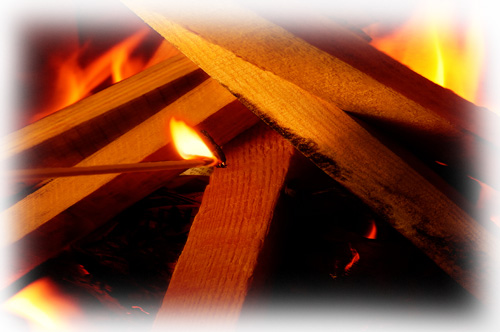Trying to finish training and get my ticket. Getting more comfortable with preflight etc.. and thinking about my checkride preflight. I'm wondering what you all do for your preflight, if you have any important "extras" that you do or check in addition to the generic POH or manufactured checklists (I usually use Checkmate for C172 and 182)? As you walk around the plane, what are some important things that you feel are not on the generic lists? I've been reading Kas THomas' "Fly the ENgine" and he really does a preflight--opens cowling; rotates prop to check cylinder compressions. Re the engine, I check the oil; belts; look for leaking fluids; drain sump; wiggle exhaust, etc...
Curious what many of you have added to your routines.
Curious what many of you have added to your routines.




